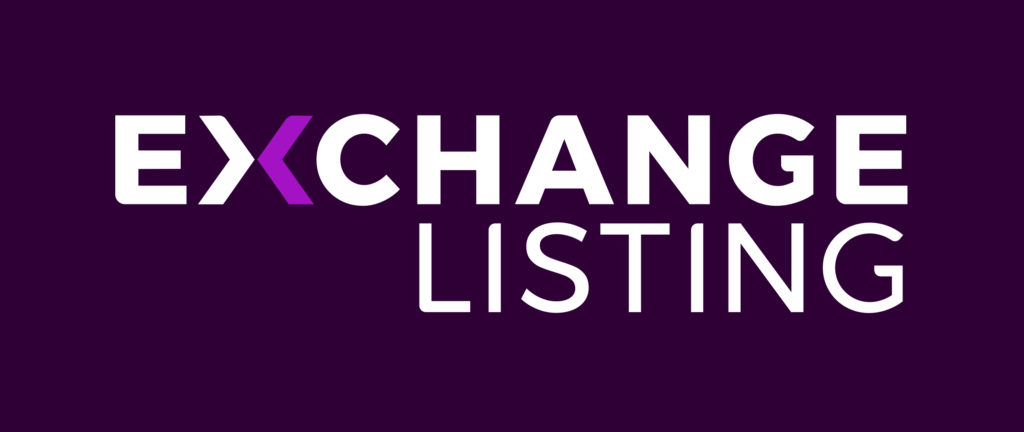
Image provided by Pixabay.
This post contains sponsored advertising content. This content is for informational purposes only and not intended to be investing advice.
Preparation for a micro-cap initial public offering (IPO) begins well before the IPO date. Ideally, a company begins assessment anywhere from 18 to 24 months before the actual IPO date.
Going public is a gratifying process, but it requires significant internal and external resources. The complexities, cross-functional participation and interdependencies of going public require effective management and a clear understanding of the content and process. Preparation and groundwork are critical to the smooth execution process.
The assessment process, which is arguably often underappreciated, is critical to positioning a company for going public. Starting and understanding the assessment process as early as possible and implementing in parallel to assembling the team and resources required in this process is essential.
The Analysis Of Readiness
A company’s business model determines how it should be run and presented to investors. It can be vital to build your business model with clear assumptions and milestones and use those metrics to measure your company’s progress. For those who are thinking about going public, there is a need to assess your business model. Know where your company is today and get some clarity on where you need to be in one, three, five years to drive the vision and valuation of your company in a public market.
As part of the assessment process, some of the most critical people will be those who can carry out the ongoing changes and improvements of the business. Usually, the operating numbers and projections flow through them, so they will often be the first to identify issues emerging across the company.
It’s crucial to develop a strategy to anticipate current revenue growth. During the assessment process, figure out the transition timing for key roles and have these transitions occur pre-IPO so the changes are implemented before that critical time.
The Assessment Process
It’s important to understand that you cannot run a business if you do not know where you are headed, and you cannot resource your business correctly unless you know how it is performing. One of the ways to understand how your company is performing is to compare it to a peer group. Carefully select several peer group companies and evaluate your company’s performance according to those competitors.
Some of the areas of focus you should focus on include:
- Demonstrating to investors how you are performing against your peer group where investors are concerned.
- Understanding how the market will value your company and the measures it will use, including revenue, net income earnings before interest, taxes, depreciation and amortization (EBITDA) or other metrics.
- Looking to cash-flow growth as a valuation metric regardless of your business. Either free cash flow (FCF), including the capital and spending, or operating cash flow (OCF). Assessing the quality of the company’s employees and professionals and building for the future.
A critical part of this process is putting the IPO team into place. This team will bear the brunt of the work to prepare the company to go public and keep the process going post-IPO. The chief financial officer is a key member of a company going public and needs to understand the capabilities of the finance and legal team and hire team members who will help to grow the business. In addition, finance members need a technical understanding of accounting internal controls and have a solid fundamental knowledge of accounting principles.
You also want to include a Securities and Exchange Commission (SEC) reporting specialist who understands SEC and generally accepted accounting principles requirements and can communicate with management, auditors and the board of directors.
Preparing For Future Growth
The goal of the assessment phase is to get as complete a picture as possible of the company and the supporting professionals you will depend upon as you start down the IPO path. Identify as early as possible the weaknesses and systemic problems that will need to be addressed over the next 12 to 24 months.
Assess the current state of the company’s information systems and what it will cost to bring those systems up to public company-grade to adequately run the business through the coming years of growth. Determine whether system upgrades and implementation are needed to provide data and enterprise resource planning systems for development and scaling.
In preparing to go public, you must share the current and future of your systems with management and the board and get buy-in for implementation company wide. Then, as changes begin to occur, assess the company culture, and determine whether the executive team and board of directors have the mindset to grow, change and adapt to being public.
Dig Deep
Do your due diligence during the assessment and take the time to understand your company’s issues, including pending liabilities, C-suite and board of director backgrounds, human resources and employee issues, and help develop a strategy for dealing with related specific topics.
Assess the current auditors to establish whether they are qualified to provide reports under public company guidelines. Be aware that any material weakness or significant deficiencies will impact the company’s valuation and disclosure requirements. It is crucial to determine what it will take to make your company compliant with the Sarbanes-Oxley Act of 2002 (SOX) and create a plan to fix roadblocks to regulatory approval, which can take over a year to sort out.
Too Much?
Don’t worry if this sounds like too much. One of the easiest ways to prepare for an IPO is to consider hiring a capital market adviser, who can help you with the following:
- Listing strategy: Develop a listing strategy with key stakeholders, the executive management team and the board of directors. Once a clearly defined strategy is in place, they will manage the process and provide enhanced transparency and accountability.
- Corporate governance: As you move forward with the public listing, you need to develop an independent board and committees. A capital market adviser can assist you in setting up the board and committees and work with you on corporate charters that are acceptable to The Nasdaq Stock Market.
- Capital market resources: Introduce the company to the best class of service providers, including investment bankers, investor relations firms, legal counsel, accounting, auditing, transfer agent and Edgar agent to deploy solutions more effectively and best use your internal resources.
- Project Management: Ongoing project monitoring and management throughout the public listing process is essential. As key milestones are hit and the timeline progresses, they manage the working group, including your investment banker, attorneys and auditors, to streamline the IPO process. This includes weekly calls or meetings and management of the S-1 Registration Statement filing and comment process.
Creating an achievable IPO plan for completion is vital. Commencing the execution as a private company will help you stay on track and meet key IPO objectives, such as maximizing IPO price and attracting a high-quality investor base. The next installment will outline the IPO roadmap and strategy for going public.
This post contains sponsored advertising content. This content is for informational purposes only and is not intended to be investing advice.

